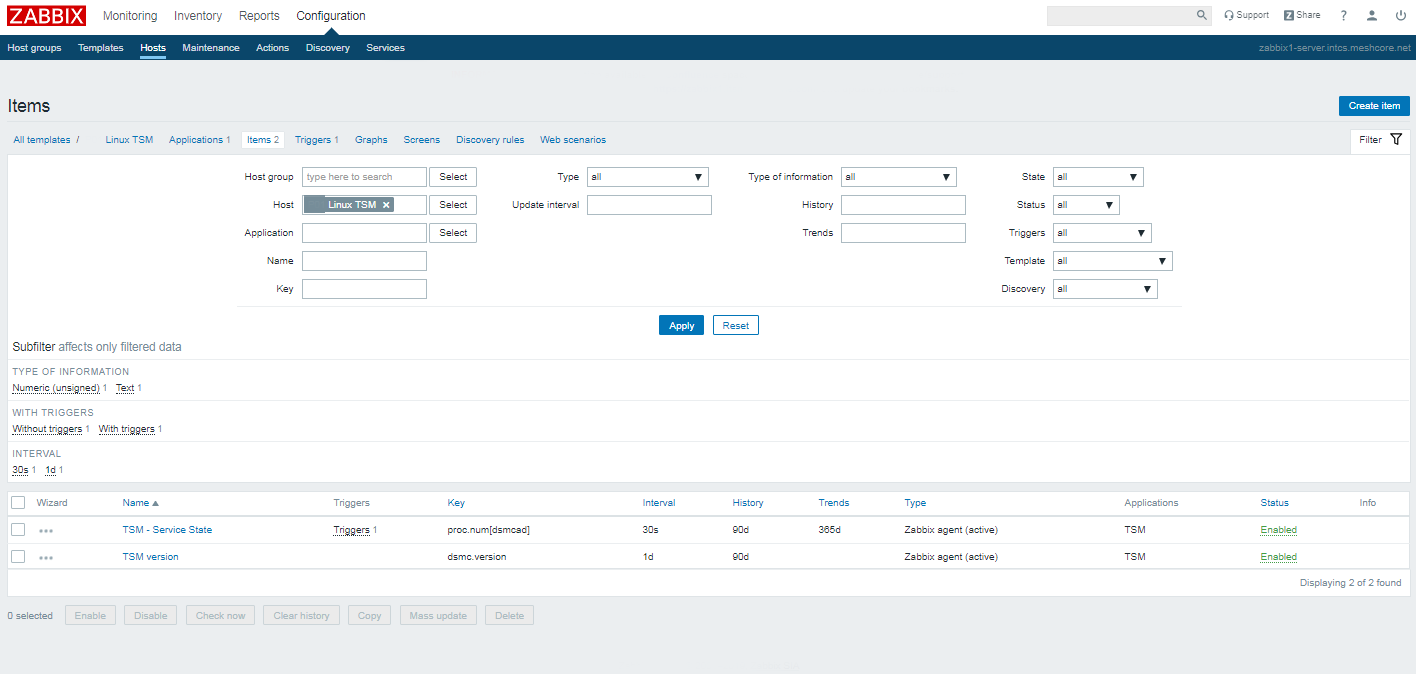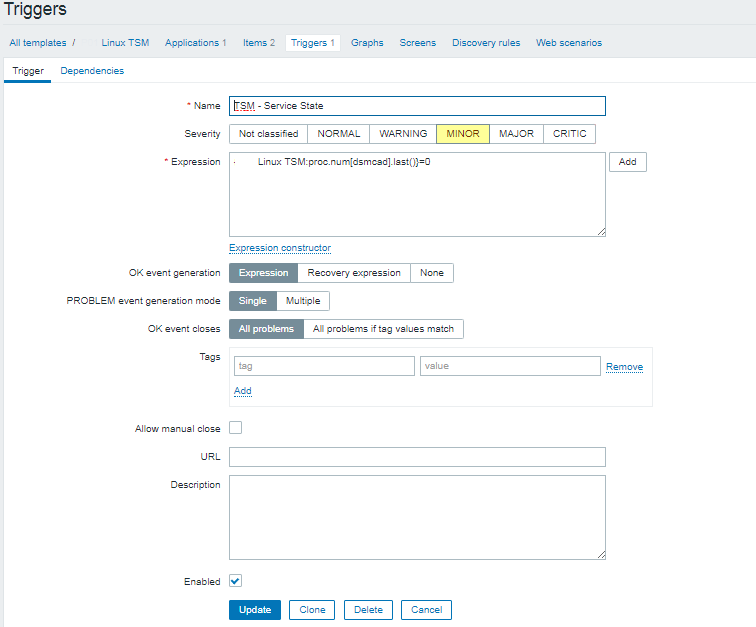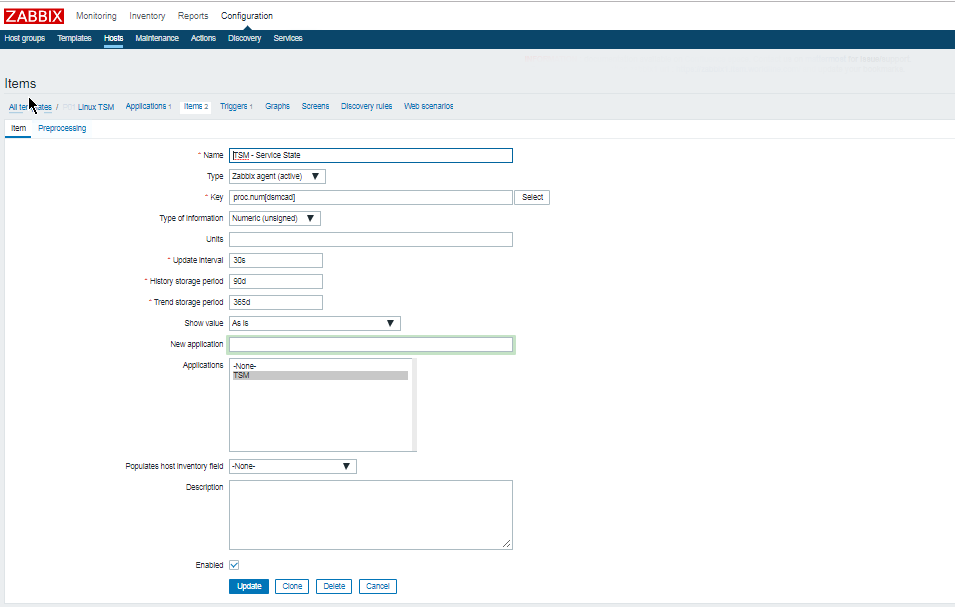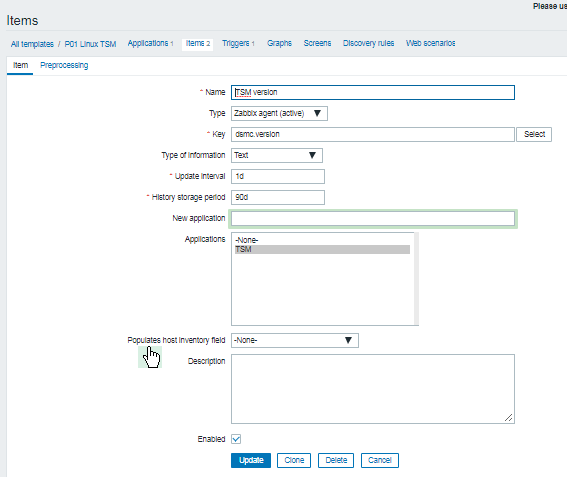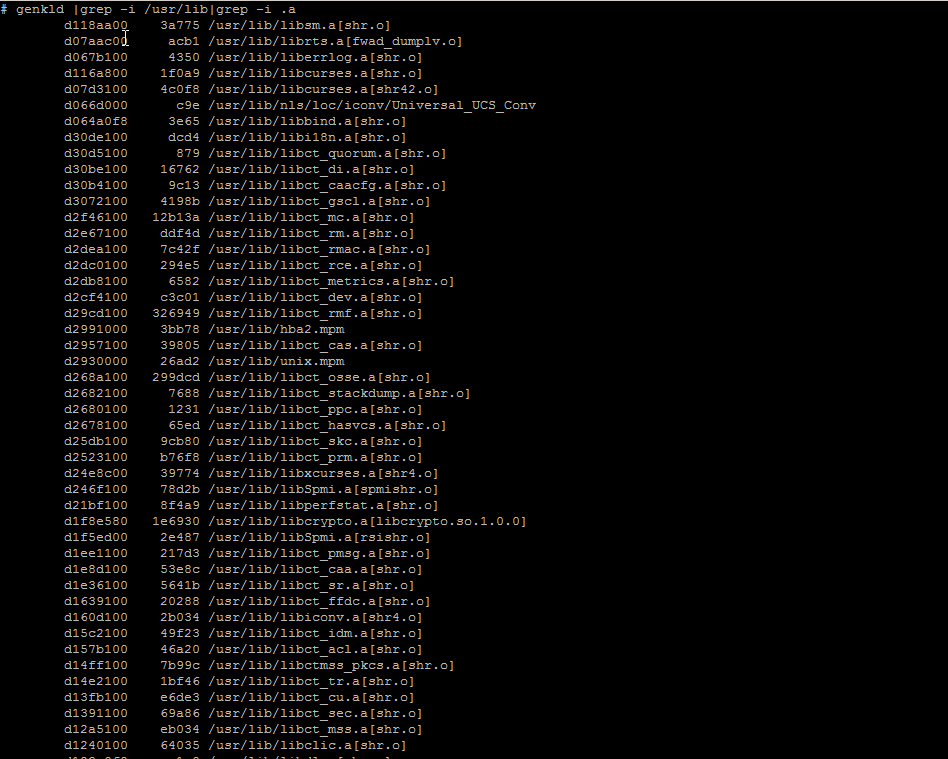
Syslog-ng is a system logging application, which can be a replacement of the default syslog. With syslog-ng, the log messages can be sent in an ecrypted/secure channel to a remote server. If the central log server or the network connection becomes unavailable syslog-ng will store messages on the local hard disk.
The syslog-ng application automatically sends the stored messages to the server when the connection is reestablished, in the same order the messages were received. The disk buffer is persistent – no messages are lost even if syslog-ng is restarted. (Another possibility to send those messages to a secondary server.)
syslog-ng can filter log messages and select only the ones matching certain criteria, but it cannot interpret and analyze the meaning behind the messages. It can receive messages from files, remote hosts, and other sources, and these are sent to one or more destinations (files, remote hosts..),
It has a server – client model, here only syslog-ng client informations will be described (syslog-ng server has not been tested, only client, which were sending messages to a remote server (qradar).)
One missing feature of syslog-ng, that it cannot rotate logs by itself. For log rotation an external tool like logrotate needs to be used.
1. Install / Uninstall syslog-ng on AIX
1.1. Install syslog-ng on AIX
After downloading the syslog-ng installer package, we have 2 options
– run ./syslog-ng-<edition>-<version>-<OS>-<platform>.run script, or
– install as an rpm package: rpm -i syslog-ng-premium-edition-<version>-<OS>-<arch>.rpm
During install, the default syslogd will be replaced automatically by syslog-ng (no parallel operation is possible).
1.2. Uninstall syslog-ng on AIX
If the .run installer has been used: /opt/syslog-ng/bin/uninstall.sh (The uninstall script will automatically restore the syslog daemon used before installing syslog-ng.)
If the .rpm package has been used: rpm -e syslog-ng-premium-edition (with rpm, it does not restore the syslog daemon used before syslog-ng).
AIX is a custom and non-free OS if you had to deal with it you might might ponder how to stop / start syslog-ng.
The paths to binaries on AIX
The configuration is not universal, but represents the GEK server.
2. Set Automatic start of syslog-ng on AIX
Enable Start from /etc/tcpip:
start /opt/freeware/sbin/syslog-ng "$src_running"
3. Check syslog-ng configuration is correct
Configuration could be under separate locations but the most likely ones for syslog-ng.conf and license.txt files are located in the
/opt/syslog-ng/etc/ directory or /etc/syslog-ng depending on how it was configured on install time.
After changing tuning the configuration, it can be checked for errors:
# /opt/freeware/sbin/syslog-ng –syntax-only

